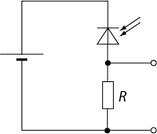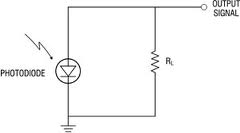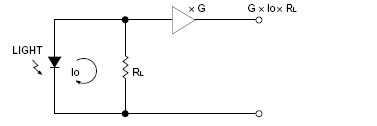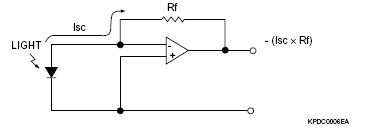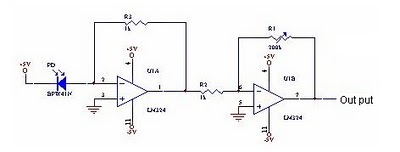heena123
Banned

Hi,
I am working on one of the project of laser i am selcted a laser diode module whose configuration is 670nm,3mm beam width .
I want to detect that laser beam within a particular time .My laser module is rotates at 600rpm.
For detect a laser light which is red we decided to use below photo diode.
https://www.farnell.com/datasheets/57173.pdf
But i am little confused about selection of circuit of receiver side.
There are so much different basic circuit like only using resistor,or transistor with bias or without bias or using differential op-amp.
So which one i select that i am confused, because accordingly my output of photo diode i have to change in output of micro controller.
So please suggest me which one is reliable in my condition.
Thank You,
I am working on one of the project of laser i am selcted a laser diode module whose configuration is 670nm,3mm beam width .
I want to detect that laser beam within a particular time .My laser module is rotates at 600rpm.
For detect a laser light which is red we decided to use below photo diode.
https://www.farnell.com/datasheets/57173.pdf
But i am little confused about selection of circuit of receiver side.
There are so much different basic circuit like only using resistor,or transistor with bias or without bias or using differential op-amp.
So which one i select that i am confused, because accordingly my output of photo diode i have to change in output of micro controller.
So please suggest me which one is reliable in my condition.
Thank You,

